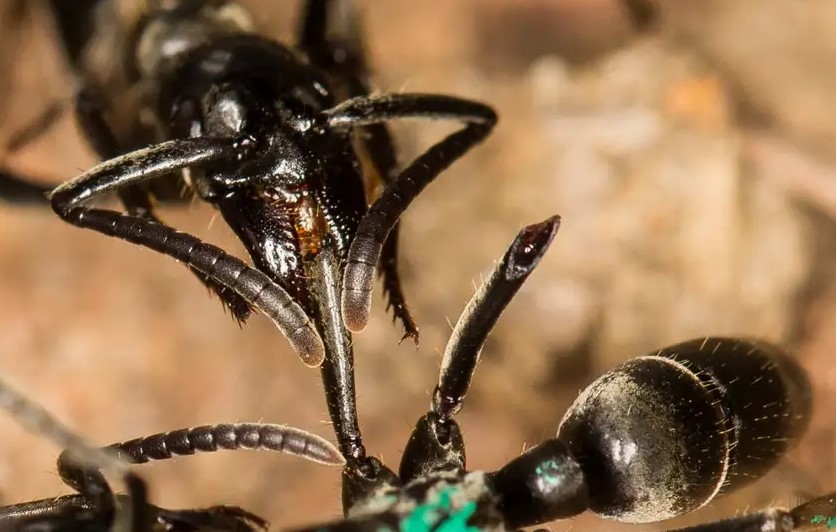Is there a secret to longevity? This health expert says 1,000% yes
In the era of social media, post-COVID, and with mental health at the forefront, a shift is taking […]

Ants are known for their extraordinary social structures, industriousness, and teamwork, and are widely celebrated in the complex web of nature. But now, a remarkable finding has uncovered even another amazing aspect of these microscopic insects: their capacity for surgery. It seems that ants are the first non-human animals to display characteristics similar to surgery, demonstrating a degree of medical expertise that was previously believed to be unique to humans.
The discovery that ants are capable of surgery came about as a result of researchers closely observing the behaviour of African Matabele ants (Megaponera analis). This species is well-known for its coordinated termite nest raids, which are dangerous operations that frequently end in accidents. It’s interesting to note that Matabele ants treat their injured friends in a manner quite similar to surgery, instead of deserting them.
Triage and Transportation: During a termite invasion, an injured ant produces pheromones to indicate that it is in distress. Ants from other colonies act quickly to find the injured and bring them back to the colony. The human practice of triage and emergency transport is mirrored in this first phase.
Cleaning the Wound: The injured ant receives care from its nestmates as soon as it is inside the nest’s protection. The ants carefully clean the wound, getting rid of any debris and other infection causes. This behaviour is similar to the debridement procedure used in human surgery, which involves removing dead tissue and foreign objects from a lesion in order to accelerate recovery.
Application of Antibiotics: According to recent research, ants may apply antimicrobial compounds to their wounds that are either made by them or taken from their surroundings. This procedure mimics the use of antibiotics in human medicine while drastically lowering the danger of infection.
Suturing: The ants’ ability to suture wounds is arguably the most amazing part of their medical intervention. A rudimentary kind of suturing that speeds up healing has been discovered in ants, who line and hold together the margins of a wound using their mandibles.
Intriguing concerns concerning the development of medical procedures are brought up by the discovery of surgical behaviour in ants. The great degree of risk associated with the Matabele ants’ way of life is probably what led to the development of this behaviour. Ants that tend to their injured members improve their overall fitness and ensure the survival and productivity of their colony.
Gaining knowledge about ant medicine can help us better understand how complex behaviours in social animals have evolved. It emphasises the possibility of bioinspired advances in human medicine as well. For example, the natural antibacterial compounds employed by ants may serve as an inspiration for novel treatments for diseases in humans.

In the era of social media, post-COVID, and with mental health at the forefront, a shift is taking […]

With its fast speeds and revolutionary potential, 5G stands out as a noteworthy milestone in the field of […]